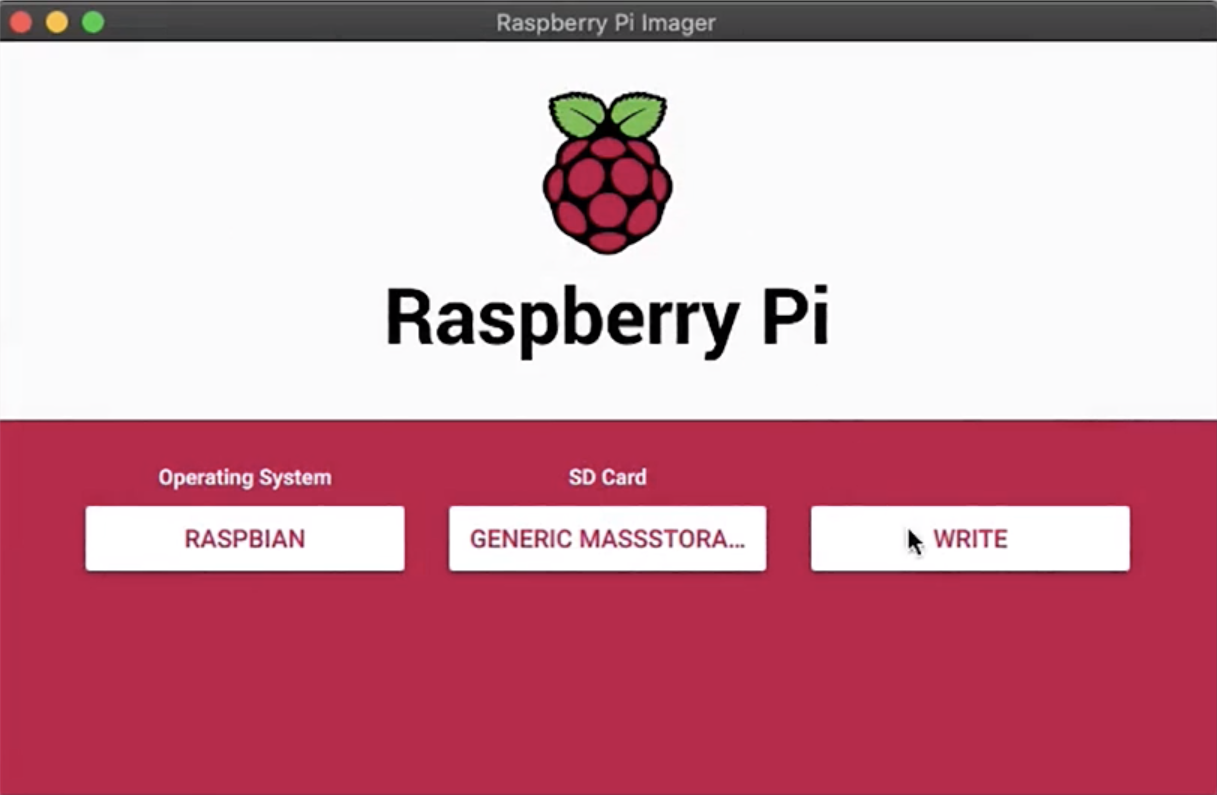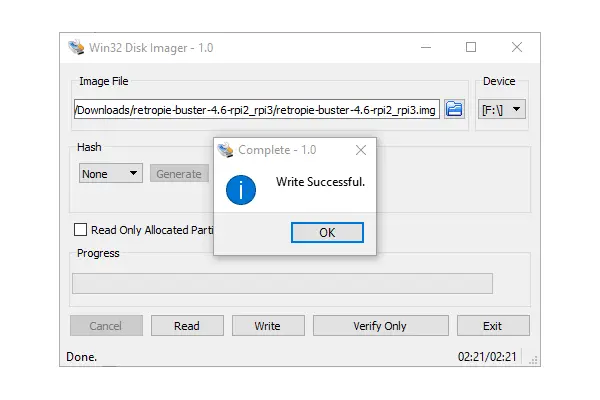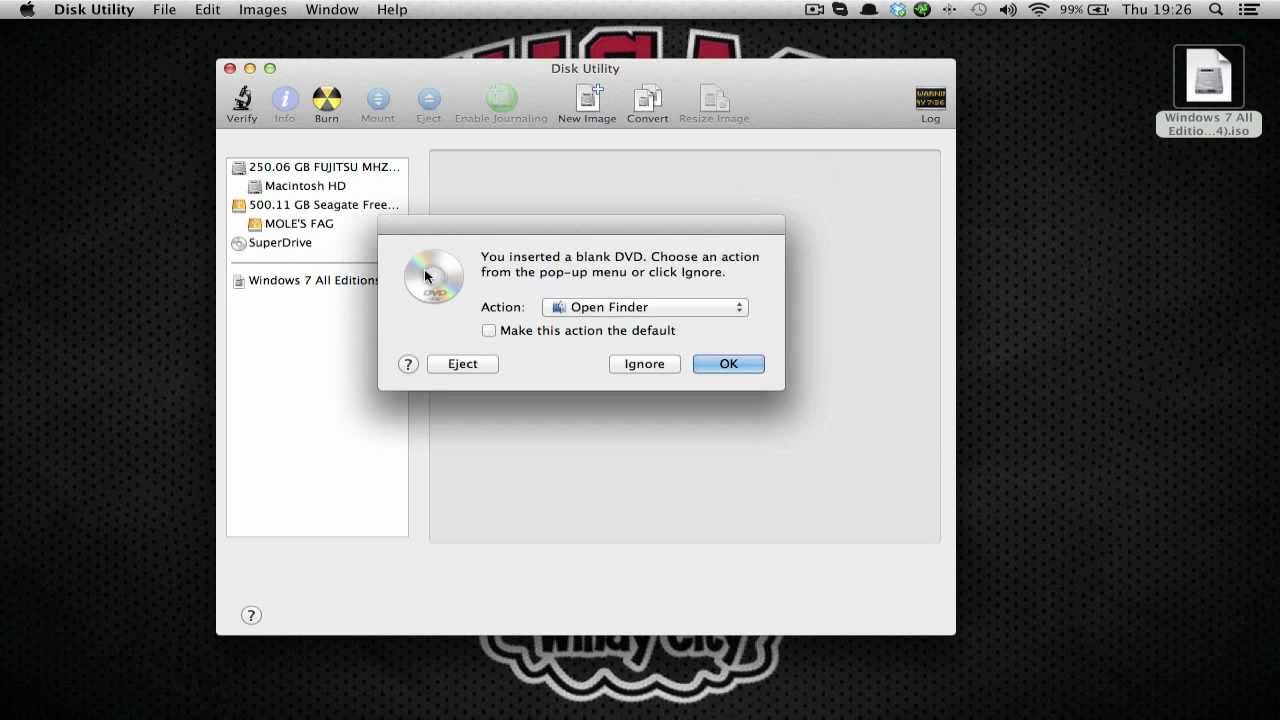

This should give you a final image file that is the smallest that it can be, omitting empty space. sudo dd if=/dev/mmcblk0 of=/path/to/your/file.img bs=4k count= Change the input device location if you need to.

Remove empty space from image backup of a drive, modprobe loop # losetup -f # losetup /dev/loop0 myimage.img # partprobe /dev/loop0 and use truncate to truncate the file at a specific size. python opencv image-processing imagemagick python-imaging-library Please help if possible, it would be very good if I got all five images in different PNG file.
#WIN32DISKIMAGER UTILITY CODE#
but this code only remove space from borders, I need to remove spaces from middle also. Click on File (on the top bar) -> Open Disk Image and select your IMG file. $ truncate -size=$ image.img the Disk Utility app. Image of a 16Gb card containing unpartitioned space at the end, start at 0. I have a Raspbian SD card that I've customized and I want to turn it into an img Getting dd (or dcfldd) to ignore unallocated space in img file creation Hello y'all, I have a Raspbian SD card that I've customized and I want to turn it into an img file for easy sharing/cloning between SD cards. Getting dd (or dcfldd) to ignore unallocated space in img file creation, Getting dd (or dcfldd) to ignore unallocated space in img file creation. since the drive is slower on writing (than reading), and considering the fact it was almost completely empty (only few Gb occupied), I was however, after archiving it with 7z it probably lost that 'sparsity'.

when I created the backup image it made the sparse file. well, there would probably be no point in skipping "blocks of zeroes" that are shorter than, say, 512bytes, or maybe 4Kb. Try using dd : dd if=/dev/sdb of=image.dd bs=4M I see.
#WIN32DISKIMAGER UTILITY HOW TO#
How to create a image of a HDD without the unallocated space, As the partitions are both at the front of the disk, you could just image that portion of the disk. You can use a tool like zerofree to make sure your empty space is actually blank so it compresses nicely. Assuming the rest of the drive is empty (all zeros) you could pipe your DD through gzip, which should compress the empty space quite nicely. The parameter for dd that does this is count=. Create image of a USB drive without unallocated partition, If I understand correctly, you want to create an image from the start of the disk to the end of the last partition.


 0 kommentar(er)
0 kommentar(er)
